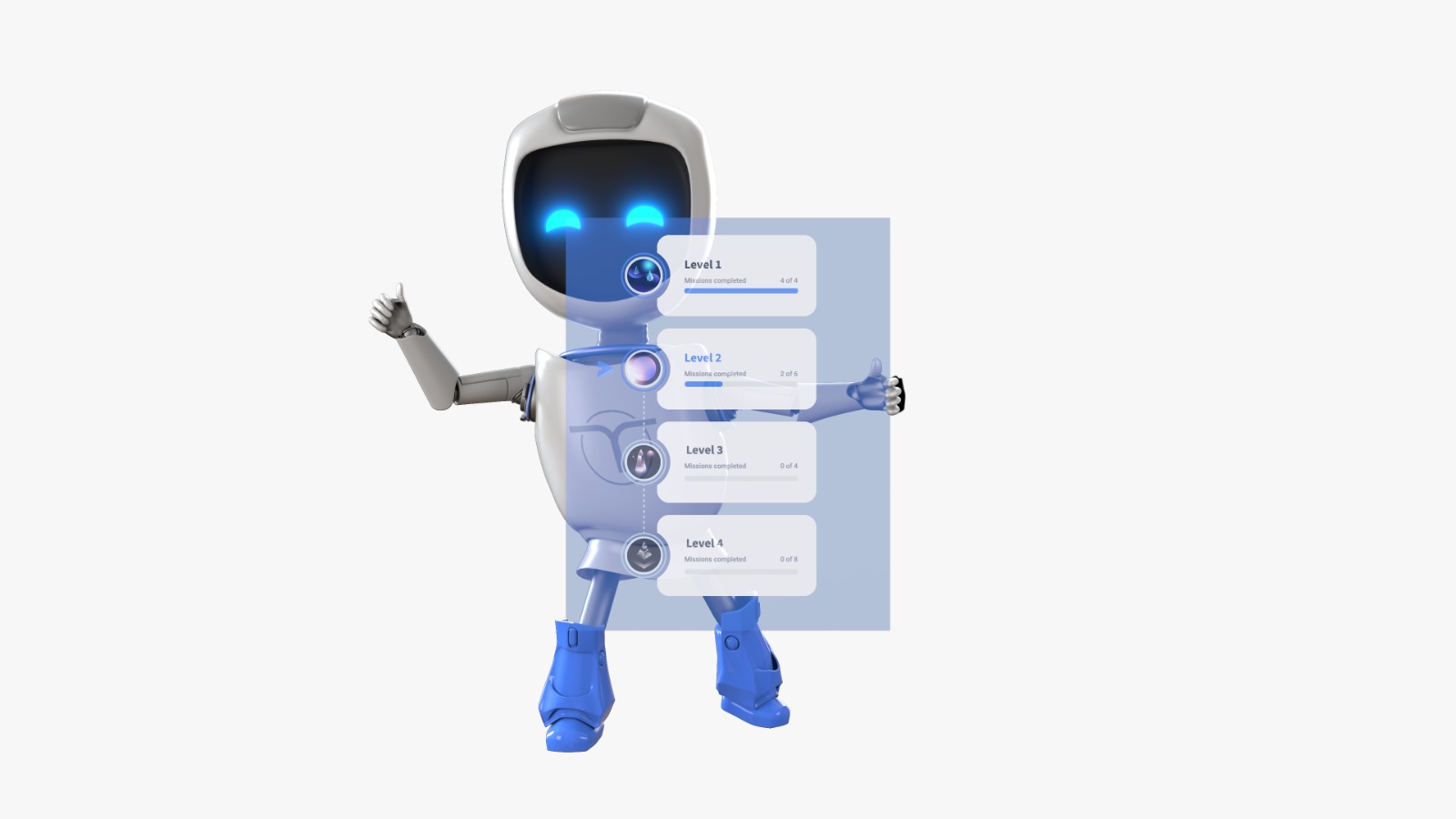It’s no secret that skill gaps have widened considerably throughout the world in the past decades, and even more in the current context. Skilled labor is in higher demand today than ever before, yet less and less technically educated professionals can be found. In Q1 2021, the estimate of unfilled jobs stood at 7.58 million, in the US alone.
The answer to filling all those jobs can’t always be a 4-year university program. Companies need technically skilled professionals to handle projects for them now. Microlearning can bridge the gap between an employee with potential, and a technically skilled professional.
A 2020 US Chamber of Commerce Foundation Study found that a lack of skilled workers is the main bottleneck to filling jobs. This is a problem that has been growing for over a decade now. In exceedingly technical as well as essential roles for organizations, the gap between demand and supply is growing.
Also, the skills required have widened as a result of a major shift in the hiring philosophy of major companies. Skills which can be quantified and measured have taken precedence over degrees and other academic credentials.
As companies have started to realize, a degree is no guarantee of any skill. Though 74% of companies required submission of academic credentials, only 26% used them to assess the viability of a candidate.
Nonetheless, in the current context, relevancy is placed on whether they can lead a team or are well versed in the right computer programming languages. And since the demand is higher than the offer, companies have been forced to giving a growing importance to quick upskilling and reskilling of current employees. And this is where microlearning has a clear advantage. No matter the task, bite sized experiences, programs, and videos tend to improve a candidate’s skills. This is a much smaller investment than hiring a new employee or bringing on high paid consultants.
Microlearning sessions can cover everything from operating a new machine to using a new portal. They can encompass learning the basics of a new programming language, or learning a new marketing technique. Employees can truly benefit from these small microlearning experiences to get past those hillocks still blocking their way to progress.
Microlearning Can Bridge the Skills Gap
Skill gaps exist in nearly any essential profession in the world today. Healthcare, business and finance, architecture and engineering, administrative support, personal care, maintenance and repair, etc. all require technical skills. In the 12 career areas including the ones mentioned, which were studied, 4.4 million unfilled openings were found, in the US only.
Hiring new graduates to fill these skills gap isn’t a viable solution from multiple points of view. Even if they have the skills you need, they will clearly need to adjust to the work culture of your company. That coupled with the possibility that they don’t have the domain knowledge required can cost a company hundreds of dollars in training. Multiply that by the number of hires and the number gets a whole lot bigger.
Instead, a much better solution would be to let your current employees absorb the skills necessary to improve. What’s more, you’ll make bridging the skills gap much easier with microlearning. Employees will be able to learn on their own time and absorb essential skills and functions within a short time span and apply those new skills to show business impact.
Microlearning Can Solve the Problems of Domain Knowledge and Applicable Training
Domain knowledge is what makes a company different from its competitors. It doesn’t just encompass using different tools, and having specific skills. It also includes the application of those skills in a specific domain.
A data scientist skilled in SQL and Python may know how to classify and predict data. However, your company may need a greater understanding of sentiment analysis and basic skills in Rust. A marketing major may be well versed in omnichannel marketing or email marketing, but you may need a viral marketer.
Beyond that, the exact procedures followed by a company to approve products, green light projects, and report problems aren’t public. Any employee requires all these skills to function properly and this takes time. On top of that, there is a limited pool of talent, hence, hiring new people to fill those jobs is not the most suitable course of action. That’s why reskilling or upskilling your current employees with microlearning is the most viable option.
Microlearning is simply adding onto a skill set rather than growing a new skill set altogether. Taking your existing employees and giving them the tools needed to excel and benefit your own company is a better course of action.
Microlearning Can Prepare Your Workforce for a Post-Pandemic World
Microlearning can serve a greater purpose than ever in a post-pandemic world. The COVID-19 pandemic has made the skills gap even worse.
The pandemic has forced the world to rely on virtual and contactless solutions, some of which are extremely convenient. It stands to reason that a significant percentage of people won’t go back to the old solutions when this is over. This has created a higher demand for skilled workers to serve customers with those technical solutions.
And as discussed earlier, degrees are no guarantee of skills. Whatever the qualifications of said new hire are, they will obviously need to be onboarded, gain domain knowledge, and adjust. Why not just impart the skills you need in an existing employee coupled with a pay raise?
The post-pandemic world will require a higher emphasis than ever on solutions which require technical prowess. It’s not enough to have people that have that prowess, but the skills design specific solutions for their company. The new normal will also require employees that know the strengths and weaknesses of a company or a system. Only then will they be able to fix what is broken and leverage what is a great solution.
Bonus: Your Employees Will be Happier When You Invest in Them
Employee training and employee satisfaction are both related to each other. When you invest in your employees through training, it shows them that you value them. Microlearning techniques allow that to happen quicker and more effectively than before.
Not only will imparting new skills to your employees give them a new sense of purpose, but break the monotony. You’ll be helping them stave off obsolescence, making them more valuable workers, and improving your own bottom line to boot.
That sense of fulfillment that you give your employees by investing in them is an investment in your own business. Customers with a renewed sense of purpose and new skills will be more proactive in their use. As a result, they’re more likely to perform more consistently and perform with greater purpose.
This may seem like a side bonus of your investment. However, it may actually become your greatest strength as a company; especially after the pandemic.
Code of Talent Can Bridge the Skills Gap for Your Employees
At Code of Talent, we have the specific solution you need to bridge the skills gap for your business and employees. With our microlearning platform, you can design highly effective training journeys and experiences for your employees to absorb valuable skills.
Today, in the post-pandemic world, customers require new products and services, and companies require new solutions. To meet that challenge, companies can’t simply hire new graduates. First, there is a limited supply, and second, there’s a better solution. That solution is to bolster the skills of their current employees.
Code of Talent can help make the journey of the long and tedious learning process much easier. With our microlearning platform, you can achieve the ultimate goal of driving behavior change and achieving business impact. Get in touch to see how we can help.





